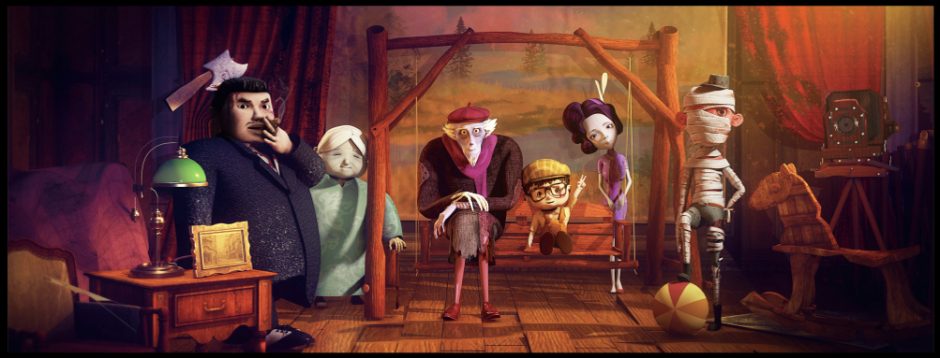The road so far to 3d animation fundamentals and the expectation to advanced animation unit.
- What have I learnt
- What did I get
- What I want to improve
- My shortcomings
- My challenge
- Areas I want to enter
Looking back on the basic course of animation in last semester, I feel that I’m reviewing my previous skills while gaining new ones. Before learning this course, I didn’t learn animation systematically, including the twelve principles of animation. I just know but can’t use them. After updating blog every week, I am very familiar with these principles, and pay attention to these points consciously when I do animation.
I think the best thing about this course is that it is a complete system. Reviewing the eight courses: bouncing ball, bouncing ball maze, tailed ball, walking cycle, stylized walking, body mechanics, phonemes, performing animation, it is a step-by-step process. Besides, the mode of enabling me to freely choose the model, do not specify the dead form can also let me have more space to play, such as adding scenes and mapping lights within the scope of ability.
My harvest is that I have now formed a good habit of looking for reference and shooting reference. Now every time I do animation, I will spend some time to do preparatory work. One is to spend time thinking about the animation I want to do, including some general actions. Then I will look for some reference, or make my own reference. This process is actually very helpful for animation. It will make me start to simulate some interesting and exaggerated actions in my mind, so I will add more details when I really start to do animation. Another important step is to be familiar with the model. Although I didn’t form this habit several times before, I did a lot of repetitive and useless work. Now I will check the rig and material of the model. I’m also slowly starting to modify my own animation. In the past, I was very resistant, because I didn’t want to modify the animation that I had done for a long time, and every time I did and modified it would consume a lot of time. However, after the comments of my tutor, I knew where my problems were, and I would correct the mistakes. It seems that this is the change of mentality and attitude, accepting inadequacies and learning to correct them.
In fact, this course also enables me to have some understanding of many 3D fields, such as the use of render farm. I have never really used them myself before. Through remote software, I can not only use some software freely, but also use render farm to try fast rendering. Then I also developed the habit of doing showreels, that is, taking every practice seriously, making every work as complete as possible, and then adding them to my resume.
I think in the whole creation process, what I have been pursuing is to make the animation more vivid, which is also my deficiency now. Sometimes I pay too much attention to the consistency with the reference, and ignore some of the interesting of the animation. But I want to compare with my undergraduate works, I have made some progress, and began to have a complete concept of performance, from reference to blocking to falling and sprinting.
This is what I have experienced and obtained at present. For the later courses, I hope I can start the process of making model mapping while I am making animation, because this is what I like and am good at. In fact, I have been access to these skills included in the courses so far when I was making my own short films before, but I am still looking forward to the animation of creature animation and abiotic animation, because this is a field I have never touched. Additionally, I think my focus in the future should be to be an animator, but I want to do my own story animation, that is, from the beginning of the script to the final rendering and synthesis. Though during this process many of my weaknesses will be exposed, but it will be a success to make my own animation from the beginning to the end.
